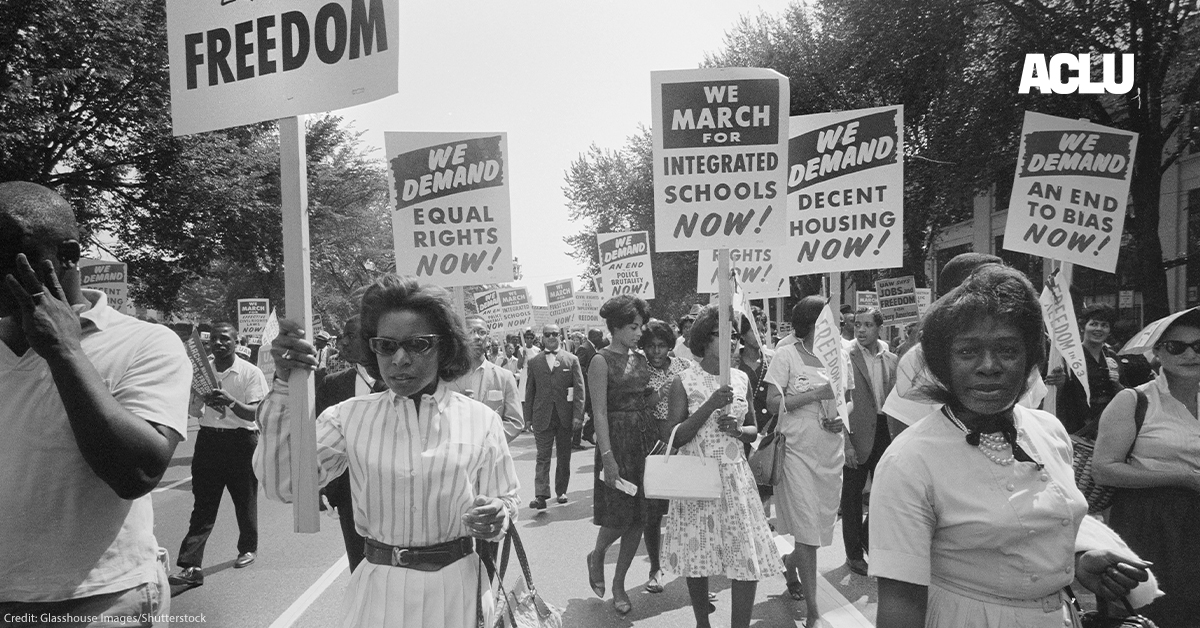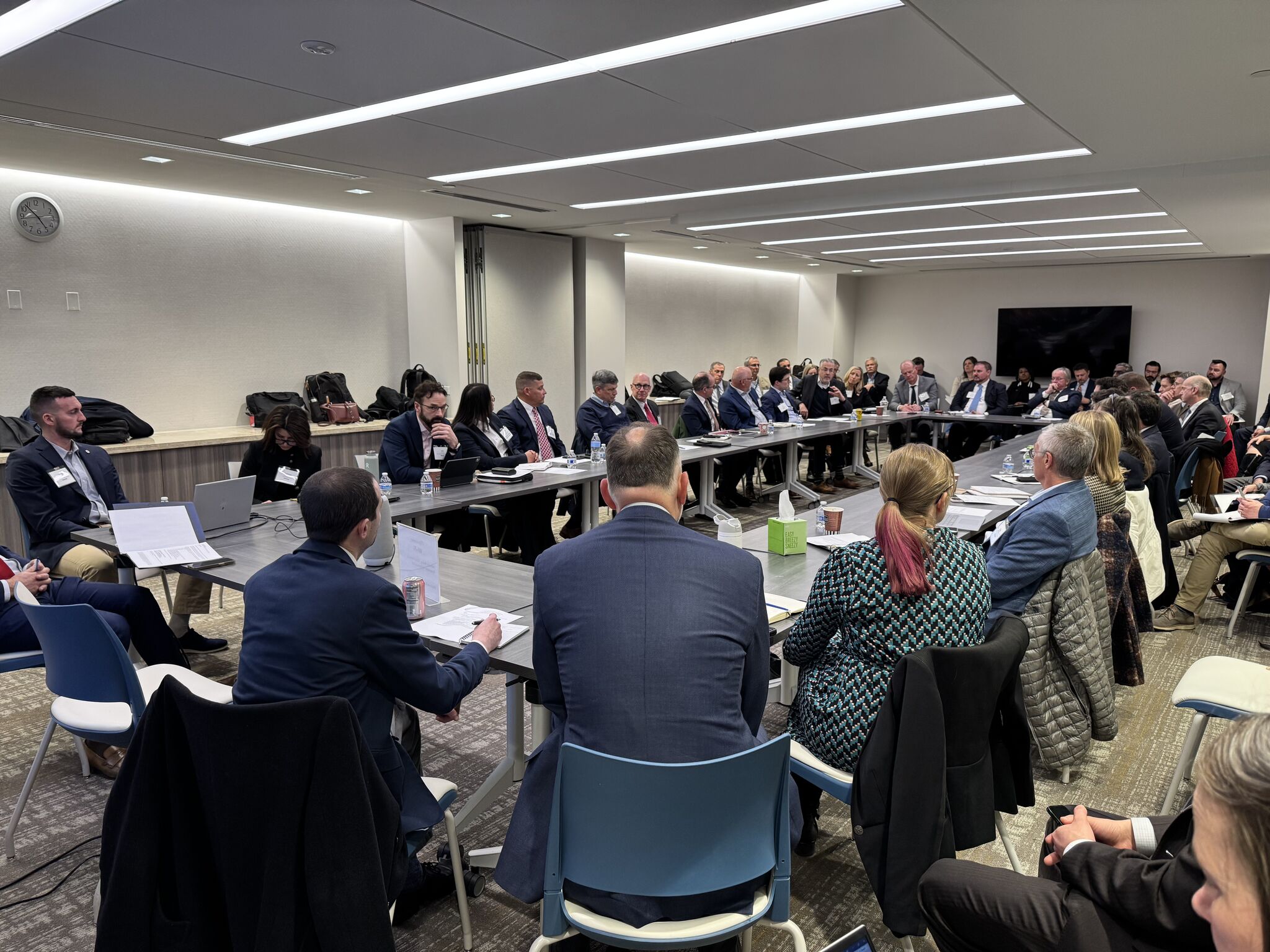Baltimore bridge collapse reignites calls for fixes to America’s aging bridges

Baltimore residents shocked after Francis Scott Key Bridge collapse
Baltimore residents came to the Patapsco River to see the collapsed Francis Scott Key Bridge, an iconic landmark destroyed after being hit by a ship.
Bridge experts and U.S. presidents have decried the nation’s aging bridges and lack of maintenance for decades.
Calls for sorely needed bridge infrastructure fixes resurfaced Tuesday after a Singapore-flagged cargo ship struck Baltimore’s Francis Scott Key Bridge. And while the circumstances of Tuesday morning’s disaster − a massive cargo ship charging into a support beam for the bridge − is an unpredictable event, experts still say the nation’s maintenance and repair record on bridges needs to be addressed.
The collision caused the bridge to collapse within seconds, sending six construction workers who are now missing and presumed dead into the dark waters of the Patapsco River. The U.S. Coast Guard called off its search for the men late Tuesday evening.
Rick Geddes, an infrastructure policy expert and director of Cornell University’s infrastructure policy program, said the bridge collapse highlights several crucial issues.
“This disaster reveals how exposed America’s critical infrastructure is to sudden and devastating accidents as well as intentional destruction,” Geddes said. “Improved resilience should be on everyone’s mind as aging infrastructure is rebuilt. Enhanced protection against ship-bridge collisions will certainly become more salient.”
Broken bridges: On the map below, more than 20% of bridges in red counties are closed or in need of repair, according to the National Bridge Inventory. Don’t see a map? Find the map of broken bridges here.
Still, it’s unlikely Baltimore’s bridge stood a chance against the 984-foot Singapore-flagged cargo ship Dali despite the quality of its build. Because the ship struck of the bridge’s main columns, there wasn’t enough support to hold its load, bridge experts told USA TODAY.
From 1960 to 2015, there have been 35 major bridge collapses worldwide because of ship or barge collisions, killing 342 people, according to a 2018 report from the World Association for Waterborne Transport. Eighteen of the major collapses occurred in the United States.
And for decades, America’s leaders and experts alike have debated what to do about U.S. bridges. For instance, what to do about aging bridge infrastructure was one of the few issues Republicans and Democrats alike agreed upon as a pressing concern during the 2016 presidential election buildup. Eight years later, the problem of bridges still festers.
Baltimore bridge graphics: After ship hits Baltimore bridge, mapping how the collapse unfolded
How safe are America’s bridges?
About 1 in 3 U.S. bridges either need repairs or need to be replaced, according to the American Road and Transportation Builders Association’s latest analysis on bridge conditions.
More than 222,000 bridge spans and 76,000 bridges need some type of repair, according to the American Society of Civil Engineers’ 2021 Report Card for America’s Infrastructure.
The report card says about 42% of the nation’s more than 600,000 highway bridges are over 50 years old − about a 39% increase from 2016.
Of those hundreds of thousands of bridges, about 12% are 80 years or older. Notably, the report found that structurally deficient bridges were nearly 69 years old on average.
“Most of the country’s bridges were designed for a service life of approximately 50 years, so as time passes, an ever-increasing number of bridges will need major rehabilitation or replacement,” according to the report.
The American Society of Civil Engineers estimated Americans take 178 million trips across the bridges each day.
Why are bridges in such bad shape?
Many bridges were built during the “peak interstate construction period” from the 1950s to the early 1970s, according to the Bureau of Transportation Statistics.
But extreme weather, a rise in vehicle traffic, heavier vehicle loads, delayed maintenance and oversight problems have caused bridges to deteriorate faster.
The American Road and Transportation Builders Association said the federal government classifies a bridge as “structurally deficient” if crucial components such as deck, superstructure, substructure and culvert conditions are rated less than or equal to 4 − designating the bridge in poor or worse condition.
‘Nothing is staying put in the ocean’: Bridge collapse rescue teams face big challenges
Although structurally deficient bridges are still considered operational, according to the infrastructure rehabilitation company UHPC Solutions, elements of these bridges require significant maintenance or need to be monitored closely for defects.
National bridge inspections are required by the federal government and occur periodically, according to the American Society of Civil Engineers report. But the amount of time between inspections can be 12 to 48 months.
The report also noted that bridges categorized as “fair” remain a concern, because they can be one inspection away from being downgraded in classification.
“The rate of deterioration is exceeding the rate of repair, rehabilitation, and replacement, all while the number of bridges sliding into the ‘fair’ category is growing,” the report says.
Improving America’s bridge infrastructure
Data shows repairs could take decades.
“The number of bridges in poor condition declined by 560 compared to 2022,” reads the American Road and Transportation Builders Association’s report. “At the current pace, it would take nearly 75 years to repair them all.”
A state-by-state analysis from the group shows a majority of states did not spend most of the federal bridge formula money available to them on bridge infrastructure updates last fiscal year despite the need for repairs.
“As the end of FY 2023 approaches, states have only committed $3.2 billion in bridge formula funds, accounting for 30 percent of the $10.6 billion currently available,” the report reads. “These funds have helped support over 2,060 bridge projects in the construction and repair pipeline.”
The group found that eight states – Idaho, Georgia, Alabama, Arizona, Indiana, Florida, Texas and Arkansas – had committed more than two‐thirds of their available bridge formula funds at the end of the last fiscal year, while 31 other states had committed less than 33% of that money.
‘Minor deterioration’: Here’s what an inspection report said about Baltimore’s collapsed Francis Scott Key Bridge
Though it is unlikely that the number of structurally deficient bridges can be drastically reduced anytime soon, experts say, long-term investments and innovation can help address America’s aging infrastructure.
New technologies, materials, evaluation techniques and construction methods have advanced in recent years, according to the American Society of Civil Engineers report.
In addition to these innovations, a new industry manual from the American Association of State Highway and Transportation Officials requires new bridges to be designed to last 75 years instead of 50 years.
Investments like the 2021 infrastructure bill have already directed $306 billion into state coffers and direct investment projects, according to the Brookings Institution’s November analysis. The infrastructure package was the largest investment in the country’s infrastructure in decades and included $110 billion for roads and bridges.
Geddes said the Key Bridge collapse “should be viewed as an opportunity to rebuild American infrastructure in a smart way, which includes new materials and designs to reduce the risk of future accidents, including sensors embedded in the bridge that communicate in real time with approaching ships.”
Contact Kayla Jimenez at kjimenez@usatoday.com. Follow her on X at @kaylajjimenez.
Related
How SenseiNode Is Building Proof-of-Stake Infrastructure in Latin America
A lot of attention is paid to the decentralization of the Bitcoin network.Bitcoin miners should set up shop in a number of different jurisdictions in order to p
The Infrastructure of Racial Justice Is Under Attack. We Must…
President Donald Trump began February with a proclamation that Black History Month offered “an occasion to celebrate the contributions of so many Black Am
Bomb threat found “non-credible”: American Airlines after Delhi-bound flight diverted…
American Airlines has said that the "bomb threat on board", due to whi
Big infrastructure investment plans take shape in America
Amtrak and dozens of major industry partners representing construction, manufacturing, rail supply, engineering, and other sectors convened for an industr













